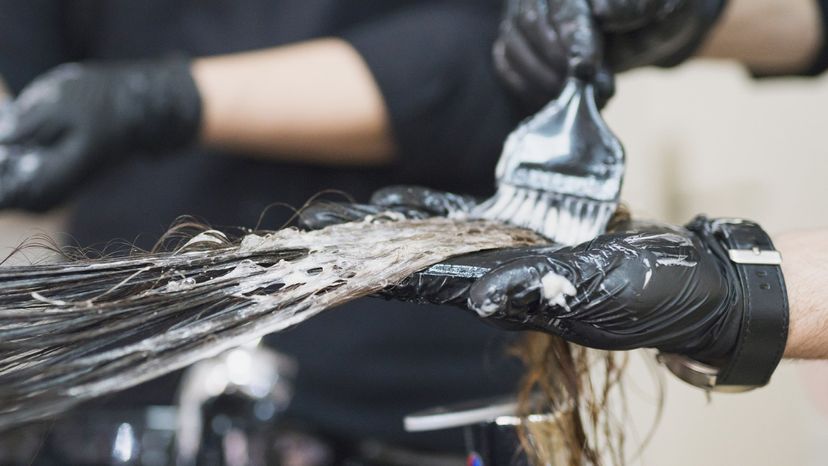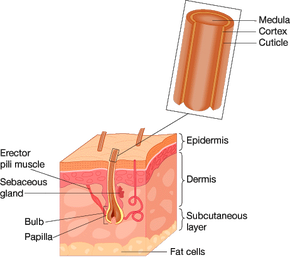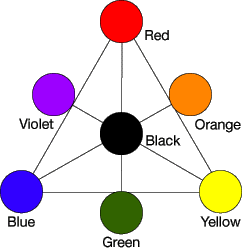
For a long time, hair coloring has been serious business! For example, would-be heroes of ancient Greece used harsh soaps and bleaches to lighten and redden their hair to the color that was identified with honor and courage. First-century Romans preferred dark hair, which was made so by a dye concocted from boiled walnuts and leeks.
Today, hair color remains hot, with a booming 75 percent of American women reportedly coloring their hair. (In 1950, only about 7 percent of American women colored their hair. And when they did, they did it to cover gray with their natural color and usually didn't want anyone to know they'd done it!) Women have also decided that blondes don't necessarily "have more fun!" Red is currently the most requested color at beauty salons. And women aren't alone...
Advertisement
Men increasingly cover gray or, following the female lead, completely change their look. Men's home hair-color sales reached $113.5 million last year, a 50 percent increase in just five years. The selection of coloring products and techniques is mind-boggling. Home coloring is less expensive -- ranging from about $4 to $10 per coloring (unless you have so much hair you need two packages!) -- than a trip to the salon, which, depending upon your hair length, color and the method used, can cost $50 and up.
In this article, we'll tackle the most important questions about hair coloring:
- When should I go to a professional and when is a home job all right?
- What formula and color should I choose and how will my hair react? And...
- What if I really mess things up and end up looking like the neighbor's calico cat?
Don't worry -- we'll fill you in on how to prevent blunders as well as how to deal with them when they occur.



